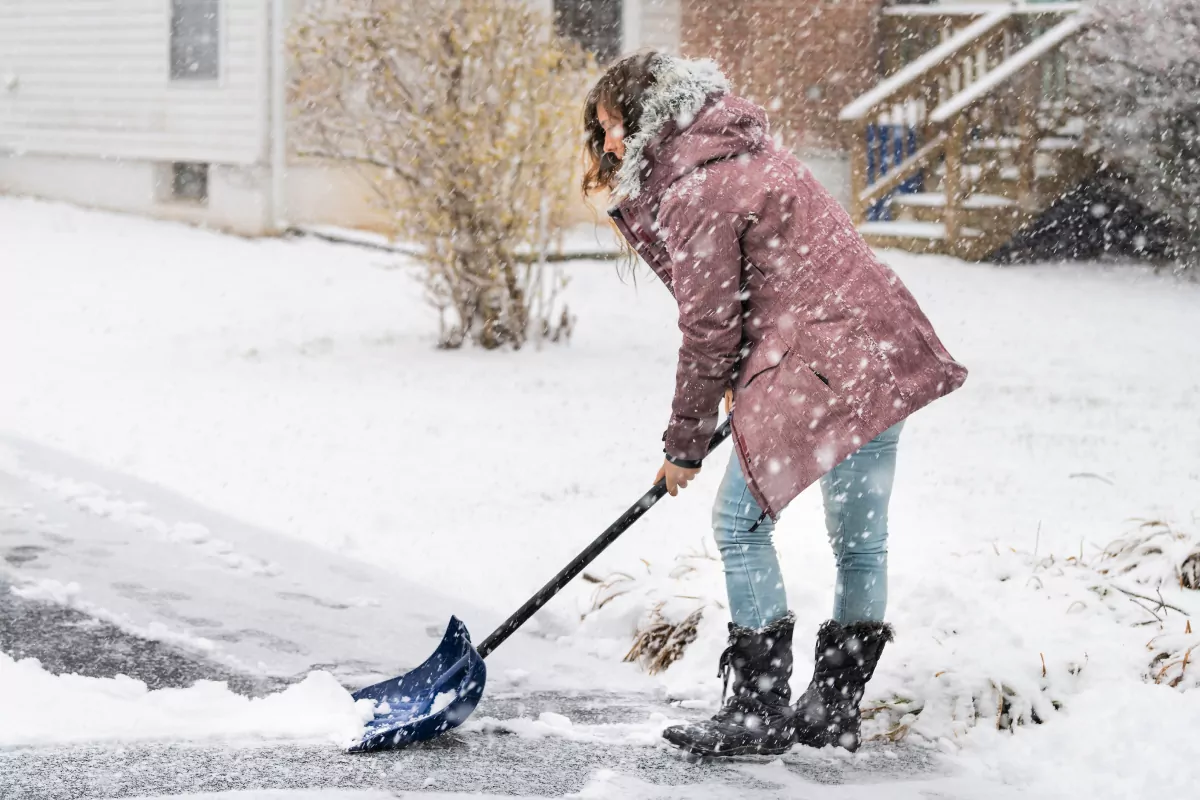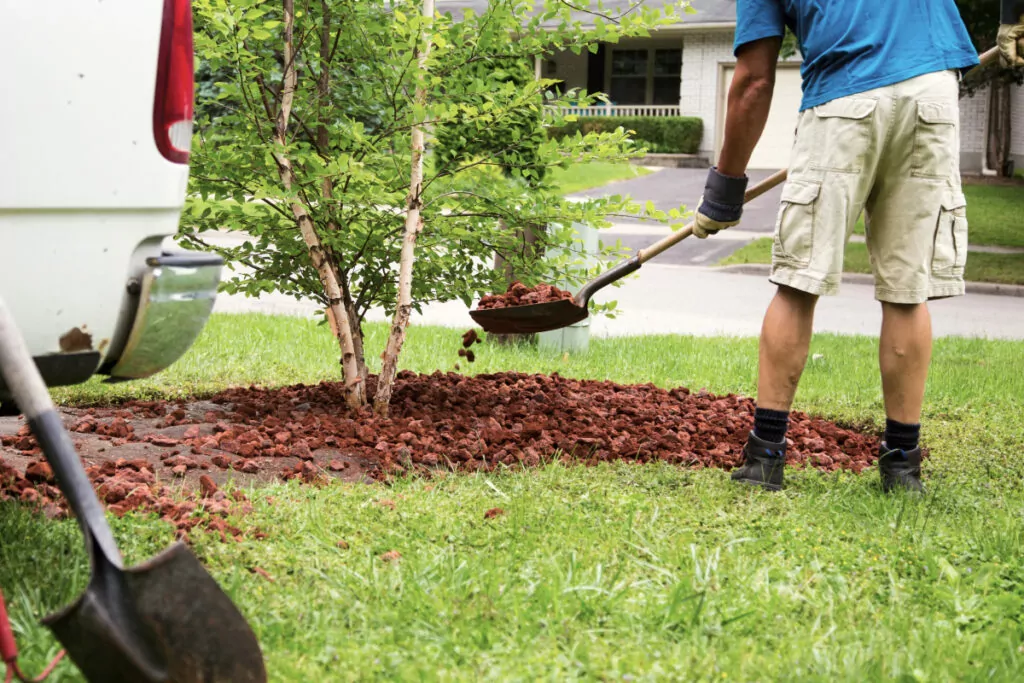Most often, Snow Removal tasks involve shoveling and ice scraping. While this might seem like an old-fashioned way to clear snow, consider the benefits: you’re outside, you’re getting fresh air, and you’re combining a task with a solid workout. Not too shabby!
Owning a shovel and salt is also a prerequisite for the Snow Removal skill. Before you start the task, top Taskers say there are multiple things to consider:
Scoping
As always, you’ll want to thoroughly scope a shoveling task with your client. Consider asking them these questions:
- Will the task be combined with plowing or snowblowing?
- What areas and walkways need to be cleared?
- If there’s a big storm, do they prefer you separate the task into multiple passes?
- Should the cleared snow be piled in a particular area?
- Are there any packed-down tire tracks or walkways from previous uncleared snow falls that need scraping and clearing?
- Does the roof need to be cleared of snow to relieve structural weight or prevent leaks?
Once you get these questions answered, it’s time to consider which tools to use.
Shoveling Tools
There are a few different types of shovels. While top Taskers recommend owning at least two different types—a scooping shovel and a snow pusher—you’ll want to be aware of all your options:
Traditional shovel. This is a tried-and-true solution for scooping and tossing snow. Traditional shovels typically have a 18-24 inch blade that’s almost flat, without pronounced containment edges. They’re built for scooping, lifting, and tossing snow.
Snow pusher. These usually have a wider blade than a traditional shovel and a curve that resembles a snow plow. You can use these for quickly blazing a trail or moving snow to the side of a driveway. Note that these are best used on flat surfaces that don’t require complicated maneuvering.
Combo shovel. These combine the best features of a traditional shovel and a pusher. They’re typically shaped like a traditional shovel but with edges on either side to contain snow buildup. You can use them both to push snow and capture larger scoops. Be cognizant of your lifting technique, though, as snow can get heavy.
Roof rake. Just as it sounds, these shovels are maneuvered like a rake and are used to clear snow from rooftops. Apart from lightening the load on top of a house, they can help prevent leaks and water damage during big melts in the spring.
Ice Scrapers. This is an invaluable tool that can easily go unnoticed. They have a long handle like a shovel, but instead of having a large scoop or pushing blade on the end, they have a smaller—and sharp—steel blade, typically between 7-8 inches wide. Ice scrapers are great for hacking through ice or packed down snow—particularly on tire tracks where clients may have driven their cars without clearing a previous snowfall. Areas like this can build up over the winter and become just as hard and slippery as ice. Clearing them is a great way to keep your client safe from a potentially dangerous tumble. That said, be aware of how hard you’re hacking or scraping. While most concrete and pavement can hold up against a bit of force, it helps to be careful so you don’t damage the ground below.
Tackling the Shoveling Task
As with snow plowing and snowblowing, you’ll want to decide on the best approach with a shoveling task. Whether this means finding the best piling areas for snow or using proper form when lifting heavy loads, top Taskers recommend the following:
1. Shovel after the plow comes. If possible, you’ll want to start your task after the city snow plow comes, as it will likely leave a large snowbank that blocks your client’s driveway. Whether you’re using a shovel, snowblower, or snow plow, snowbanks like this need to be cleared.
2. Pick a strategic starting point. Driveways come in different shapes and sizes, so you’ll want to consider the most strategic starting point when tackling your task. Consider using a snow pusher to divide the shoveling area into sections before pushing the snow to the edges. You can then use your traditional shovel to toss the snow into the yard.
3. Find the best piling area. If the yard space adjacent to the main shoveling surface doesn’t have obvious piling areas for the snow, you may need to adjust your approach. Consider where the snow will drain best upon melting, and choose a spot that won’t pool or cause property damage.
4. Don’t forget porches, decks, and pathways. clients may need to exit their houses via deck or porch doors, so it’s important to include these areas while shoveling. Traditional shovels are often best for this, as they allow the most flexibility when navigating uneven surfaces or tight corners.
5. Lift with proper form. Snow can be heavy, especially in warmer temperatures. To lift safely, bend your knees while hinging at your hips and keeping your back flat. Lift with your legs, and use the momentum to help toss the snow forward. Avoid throwing it over your back, as this can stress your spine.
6. Stay hydrated. As previously mentioned, shoveling can be a great workout. Such exertion requires water, so if your task is substantial, pace yourself, and take regular breaks to avoid dehydration.
7. What about the roof? If your client wants to shed some of their rooftop’s winter weight, you can use a snow rake to clear all reachable areas. If a ladder becomes necessary, make sure it’s 100% stable before climbing.
All set to start shoveling and scraping? Be sure to check out the next post in our series, Snow Removal 103: Snowblowing.








